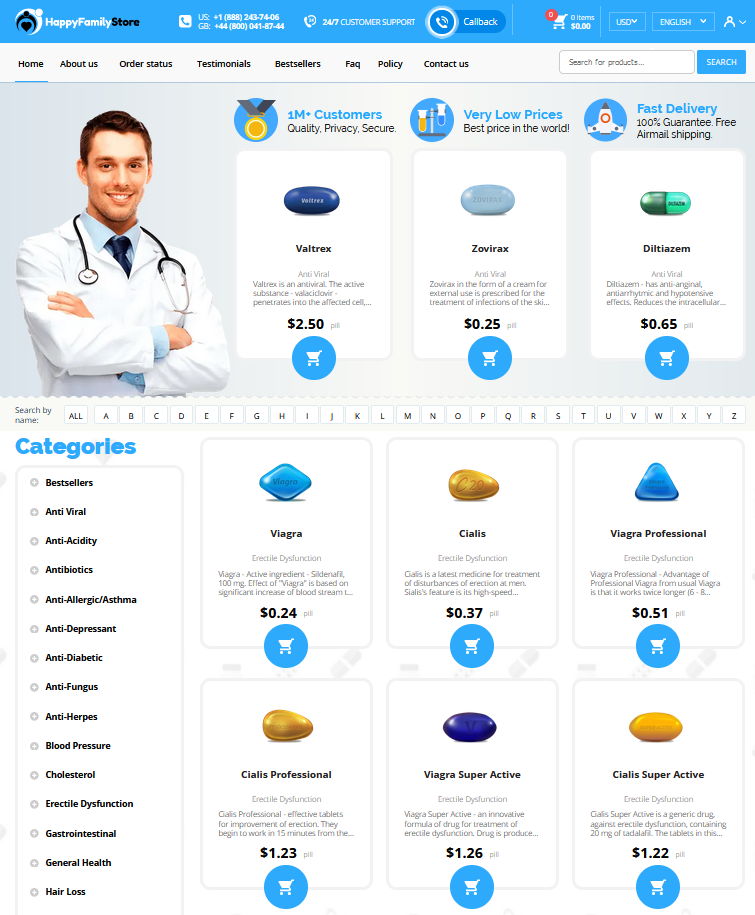Understanding Cipro: Mechanism and Uses in Treatment Ciprofloxacin, commonly known as Cipro, belongs to the fluoroquinolone class of antibiotics and works by inhibiting bacterial DNA gyrase, which is essential for DNA replication. This inhibition ultimately leads to the death of the bacteria, making Cipro effective against a variety of bacterial infections, including urinary tract infections, respiratory infections, and certain gastrointestinal tract issues. | Infection Type | Common Use of Cipro |
|-------------------------------|---------------------------|
| Urinary Tract Infections (UTIs)| Treatment of uncomplicated and complicated UTIs |
| Respiratory Infections | Effective for chronic bronchitis and pneumonia |
| Gastrointestinal Infections | Treats infections like infectious diarrhea | Cipro's efficacy, however, is not without controversy, especially concerning age-related considerations. While it is a powerful tool in combating infection, the unique physiological characteristics of children and the elderly necessitate a tailored approach in its use. Safe Use of Cipro in Children and Elderly
Safe Use of Cipro in Children and Elderly
Evaluating Risks: Potential Side Effects in Children

While cipro, an antibiotic from the fluoroquinolone class, is commonly prescribed to treat various bacterial infections, its use in children requires careful consideration. In this age group, the most concerning side effect is the potential for musculoskeletal issues, such as tendon damage. This risk, albeit rare, necessitates vigilant monitoring by healthcare providers. Parents should be informed about these potential side effects to ensure that they can engage in informed discussions with their child's doctor regarding the benefits and risks associated with this treatment option.
Understanding these risks is critical, as children can experience side effects differently from adults. For instance, they might display signs of joint pain or swelling, which could hint at tendon issues. Other adverse reactions can include gastrointestinal discomfort, headaches, or dizziness. The decision to use cipro must weigh these possible side effects against the severity of the infection and the availability of alternative treatments. Healthcare professionals are essential in guiding parents through this decision-making process, balancing effective infection management with the child’s safety.
Dosage Considerations: Administering Cipro to the Elderly
Administering cipro to elderly patients requires careful dosage considerations to ensure safety and efficacy. As the body's metabolic processes change with age, the standard doses prescribed for adults may need adjustment. Factors such as renal function, weight, and existing medical conditions play a crucial role in determining the appropriate dosage. Additionally, elderly individuals often take multiple medications, increasing the risk of drug interactions. It's essential for healthcare providers to perform a comprehensive review of an elderly patient's medication regimen prior to prescribing cipro. By tailoring the dosage to the specific needs of the patient, healthcare providers can minimize potential side effects while maintaining the therapeutic benefits of cipro.
Alternatives to Cipro: When to Consider Different Options

Cipro is often a go-to antibiotic, but it may not always be the best option for every patient, especially children and the elderly. Alternatives such as amoxicillin, doxycycline, or cephalexin could be considered depending on the infection type and patient’s health profile. Physicians might opt for these alternatives when managing bacterial infections like urinary tract infections or bronchitis to mitigate side effects such as tendon damage or nerve issues associated with Cipro. A careful assessment of the patient’s medical history informs this critical decision-making process.
Monitoring and Managing Adverse Reactions in Vulnerable Populations
Monitoring the effect of Cipro in vulnerable populations requires attentive care. This approach spans regular assessments to identify adverse reactions early, as elderly individuals may be more susceptible to side effects. Proactive measures include adjusting dosage based on renal function, ensuring a safer treatment course. For children, careful observation for gastrointestinal disturbances or tendonitis is crucial. Health professionals often recommend comprehensive follow-ups to tailor interventions effectively, providing a holistic approach to minimizing risks.
| Population | Common Adverse Reactions | Management Strategies |
|---|---|---|
| Children | Gastrointestinal issues, tendonitis | Close monitoring, dosage adjustments |
| Elderly | Renal impairment, dizziness | Regular assessments, renal function checks |
By engaging caregivers and employing a vigilant approach, the potential for adverse reactions can be mitigated, ensuring Cipro serves its therapeutic purpose effectively.
Real-life Insights: Case Studies and Expert Opinions
In a compelling case study, a 10-year-old child with a complicated urinary tract infection was treated with Cipro. Despite initial hesitations due to the drug's side effects, the outcome was successful, demonstrating Cipro's potential when administered under meticulous care. Likewise, in a separate case, a 75-year-old man with chronic obstructive pulmonary disease and recurrent bacterial infections responded positively to Cipro after alternatives failed. Experts stress the importance of personalized treatment plans, noting that Cipro can be pivotal in complex scenarios when monitored correctly. They advocate for regular follow-ups to swiftly address any adverse reactions, ensuring patient safety.
National Center for Biotechnology Information UpToDate
